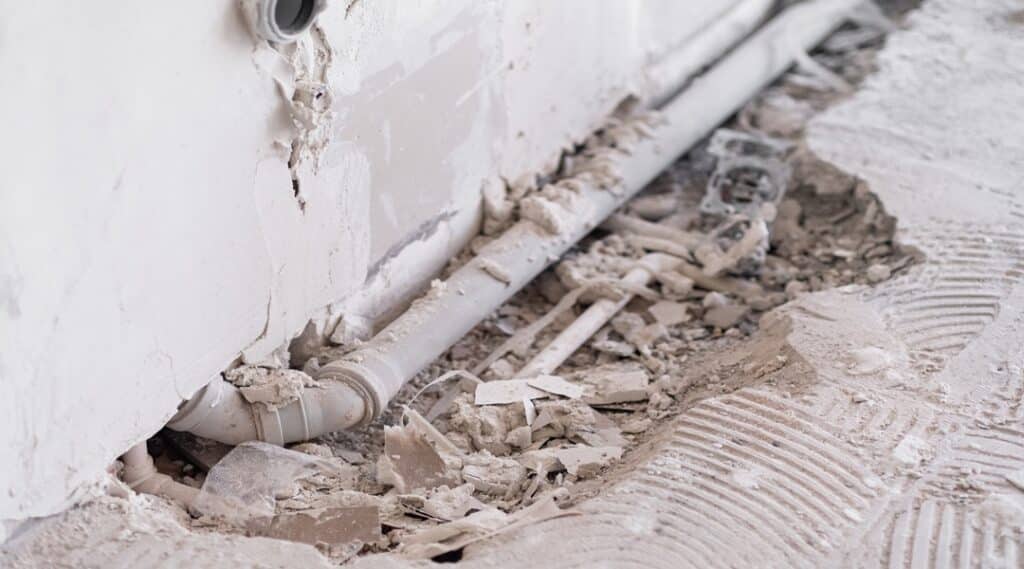How to Detect, Repair, and Prevent Sewer Pipe Leaks
A leaking sewer pipe isn’t just a nuisance—it’s a serious threat to your home’s foundation, property value, and even your health. When sewage starts seeping from cracked pipes, prompt action is necessary to prevent costly damage.
The process begins by identifying the trouble spot, then selecting the most effective repair method, and finally implementing preventative measures to avoid future issues. Here’s how to tackle sewer line leaks efficiently.
Step 1: Identifying the Leak Source
Before jumping into repairs, it’s crucial to determine whether a sewer leak is truly the culprit. Professionals use several methods, including:
- Dye Testing: A bright-colored dye is introduced into the plumbing system, and if it appears in unwanted areas, it confirms a leak.
- Camera Inspections: High-resolution cameras navigate through pipes to detect cracks, blockages, or root intrusions.
- Soil Moisture Checks: If certain areas of your yard remain wet despite dry weather, underground pipe leaks could be to blame.
Not all standing water in the yard indicates a sewer problem—sometimes, it’s just poor drainage. However, if damp spots persist and emit a foul odor, a sewer line issue is likely at play.
Step 2: Choosing the Right Repair Method
Once the issue is pinpointed, the next step is selecting the best repair approach. Several factors, including damage severity, pipe material, and surrounding landscape, determine the ideal solution:
1. Pipe Replacement
If pipes are severely damaged due to tree roots, shifting soil, or extensive corrosion, full replacement may be necessary. However, this method can be disruptive and costly, especially if traditional trench-digging methods are used.
2. Trenchless Repairs (Minimal Disruption)
Modern techniques like Cured-In-Place Pipe Repair (CIPP) allow plumbers to fix damaged pipes without tearing up yards. This method involves inserting a resin-soaked liner into the damaged pipe, which hardens to create a durable new lining. Depending on the extent of damage, this process can be completed in just a few hours.
3. Spot Repairs and Patching
For minor cracks or localized damage, plumbers may use epoxy resin coatings or sectional pipe patches to seal leaks without extensive repairs. This is a cost-effective solution for pipes that are structurally sound but have minor weak points.
Regardless of the repair method, consulting a professional ensures the best outcome while minimizing property disruption.





